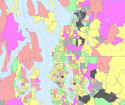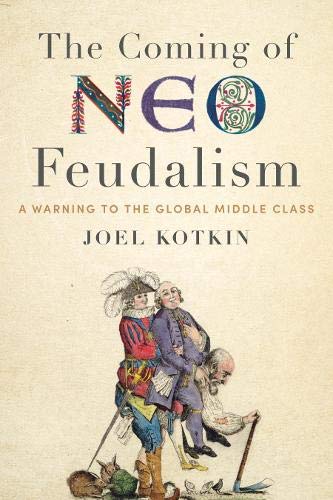While everyone seems to know someone who has been divorced, rates can vary widely by state. Why? Do high divorce states have anything in common? We took a look at some visualizations of state divorce rates against a few other demographic characteristics.
The latest Census data offers up some observations of how divorce varies regionally. The first graph shows 2008/2009 divorce rate against 2009 bachelor’s degree educational attainment. We average two years of Census divorce rate data to help even out the variance caused by small sample sizes. read more »






















